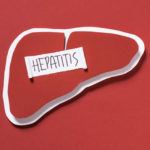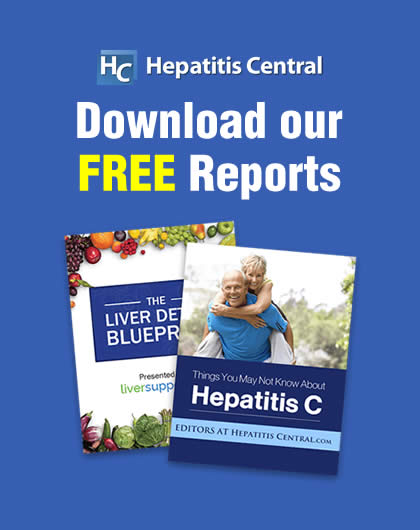VA Model Improves Hep C Care
Hepatitis C Model Delivers Great Care Anywhere
In May 2011, the FDA approved the use of boceprevir (Victrelis, Schering-Plough) or telaprevir (Incivek, Vertex) in combination with pegylated interferon and ribavirin for the treatment of genotype 1 hepatitis C. These new protease inhibitors (PIs) promise to alter the landscape of hepatitis C treatments and outcomes.
New treatment algorithms for the treatment of hepatitis C virus (HCV) infection, termed response-guided therapy, require providers to conduct thorough reviews of prior treatments to determine eligibility for new triple regimens incorporating a PI, as well as to guide duration of therapy. Guided therapy involves knowledge of the degree of liver disease and prior treatment response at specified time points, depending on variables such as week of treatment and viral load. Viral loads that decline rapidly identify patients who are highly responsive to therapy, as opposed to unresponsive patients who may need to stop treatment to avoid developing viral resistance.
Another factor to consider with triple therapy is adverse drug events (ADEs). ADEs are common with PI-containing regimens and may be serious or life-threatening. Frequently, providers need to adjust treatment or respond to these reactions to avoid termination of therapy and optimize treatment success. To further complicate management, more than 300 drug interactions with PIs have been identified; these include interactions with commonly prescribed agents for lowering blood pressure and cholesterol.
Continue reading this entire article:
http://www.pharmacypracticenews.com/ViewArticle.aspx?d=Clinical&d_id=50&i=February+2013&i_id=927&a_id=22523







